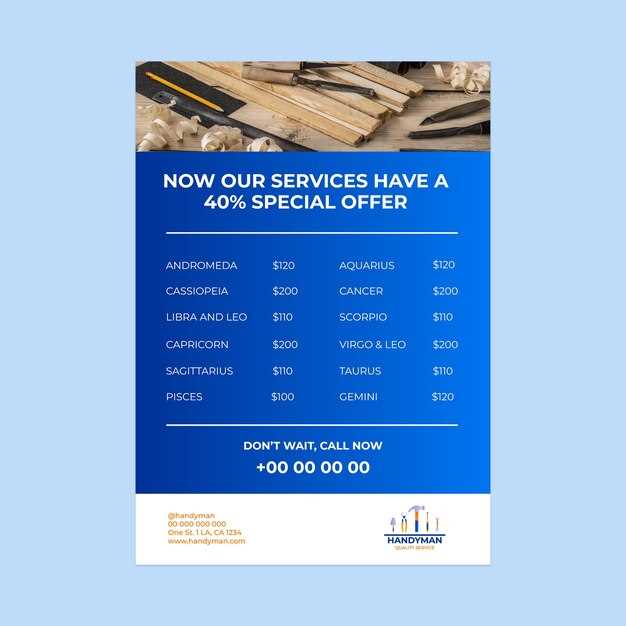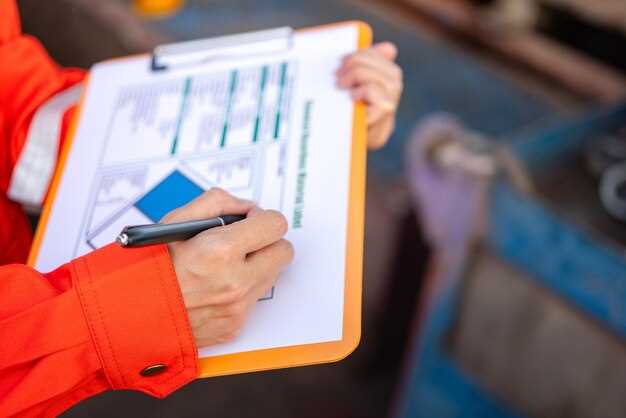
Owning a boat is a rewarding experience that offers countless hours of enjoyment on the water. However, it comes with a significant responsibility: ensuring that your vessel remains in peak condition through regular maintenance. An annual service is crucial for the longevity and performance of your boat, and a well-structured maintenance checklist can help boat owners stay organized and thorough in their inspections.
Conducting a detailed inspection at least once a year allows you to identify potential issues before they escalate into costly repairs. This checklist covers key areas to assess, from the engine and electrical systems to the hull and safety equipment. By following this guide, you can ensure that your boat is not only safe but also ready for the adventures that await.
Incorporating these maintenance tasks into your routine will provide peace of mind, knowing that your boat is well-cared for. Remember, investing time in proper maintenance is a commitment to safety and comfort on the water. Let’s dive into the essential components of your annual boat maintenance checklist.
Critical Systems Inspection: Engine, Electrical, and Fuel Lines

The annual inspection of critical systems on your boat is essential for safety and performance. Focus on three primary areas: the engine, electrical systems, and fuel lines. Each component plays a vital role in ensuring smooth operation during voyages.
Start with the engine inspection. Check the oil levels and look for any signs of leaks or unusual noises. Inspect the cooling system, filters, and belts for wear. It’s crucial to replace any worn parts to avoid potential breakdowns while out on the water. Additionally, consider performing a compression test to assess engine health and efficiency.
Next, turn your attention to electrical systems. Inspect the battery condition, ensuring that terminals are clean and connections are secure. Test all electrical components, including lights, bilge pumps, and navigation systems. Replace any faulty wiring and consider upgrading to modern, energy-efficient systems to reduce the risk of failure.
Finally, examine the fuel lines for any signs of wear, corrosion, or leaks. Ensure that connections are tight and check for any cracks in the hoses. It’s important to keep fuel filters clean and replace them regularly to prevent clogging and maintain optimal fuel flow. During this inspection, also assess the overall integrity of the fuel tank and ensure there are no contaminants present.
Conducting an annual inspection of these critical systems is not just a maintenance task; it is a proactive approach to ensure the safety and longevity of your boat. Regular checks can prevent costly repairs and enhance your overall boating experience.
Safety Equipment Review: Life Jackets, Fire Extinguishers, and Flares

Conducting an annual review of your safety equipment is crucial for every boat owner. This ensures that your vessel is equipped with the necessary items to protect yourself and your passengers in emergencies. Start with life jackets, which are essential for all on board. Check their service dates, inspect for any signs of wear or damage, and ensure that each jacket fits correctly. Consider the weight and size requirements for each individual who will be using them, and make sure you have personal flotation devices for children as well.
Next, assess your fire extinguishers. Verify that they are within the service time frame, as most extinguishers require recharging or replacement after a certain number of years. Inspect the pressure gauge to confirm it is in the green zone, indicating it is fully charged. Familiarize yourself with the correct usage procedures and ensure that the extinguishers are easily accessible in case of an emergency.
Finally, review your flares. These signaling devices can be vital in alerting others to your location during distress situations. Check the expiration dates on each flare and ensure that they are stored in a dry, easily reachable place onboard. Familiarize yourself with the different types of flares you have – hand-held, aerial, or smoke signals – and understand how and when to use them effectively.
An annual review of these safety items will not only ensure compliance with maritime regulations but also enhance the overall safety of your boating experience. Make this checklist a part of your routine maintenance to protect yourself and your loved ones while enjoying the open water.
Hull and Exterior Care: Cleaning, Painting, and Damage Assessment
Regular maintenance of your boat’s hull and exterior is crucial for longevity and performance. Start with a thorough cleaning to remove dirt, algae, and grime. Use a soft brush and marine-grade soap to avoid damaging the surface. Ensure you rinse with fresh water to prevent salt residue buildup, which can lead to corrosion.
Following cleaning, inspect the hull for any signs of wear, cracks, or blisters. Pay special attention to through-hull fittings and the area below the waterline. Any damage should be addressed immediately to prevent further deterioration. If you notice severe issues, consider professional service for repair.
Painting the hull not only enhances aesthetics but also provides a protective barrier against the elements. Select high-quality marine paint suitable for your boat’s material. Apply a primer when necessary, and ensure the surface is clean and dry before painting. Regular repainting will help maintain the vessel’s integrity and prevent costly repairs down the line.
After painting, conduct periodic inspections throughout the season. Look for peeling, fading, or any new damage that may have developed. Keeping a detailed log of these inspections can help track the condition of your boat, ensuring timely maintenance and service interventions as needed.



